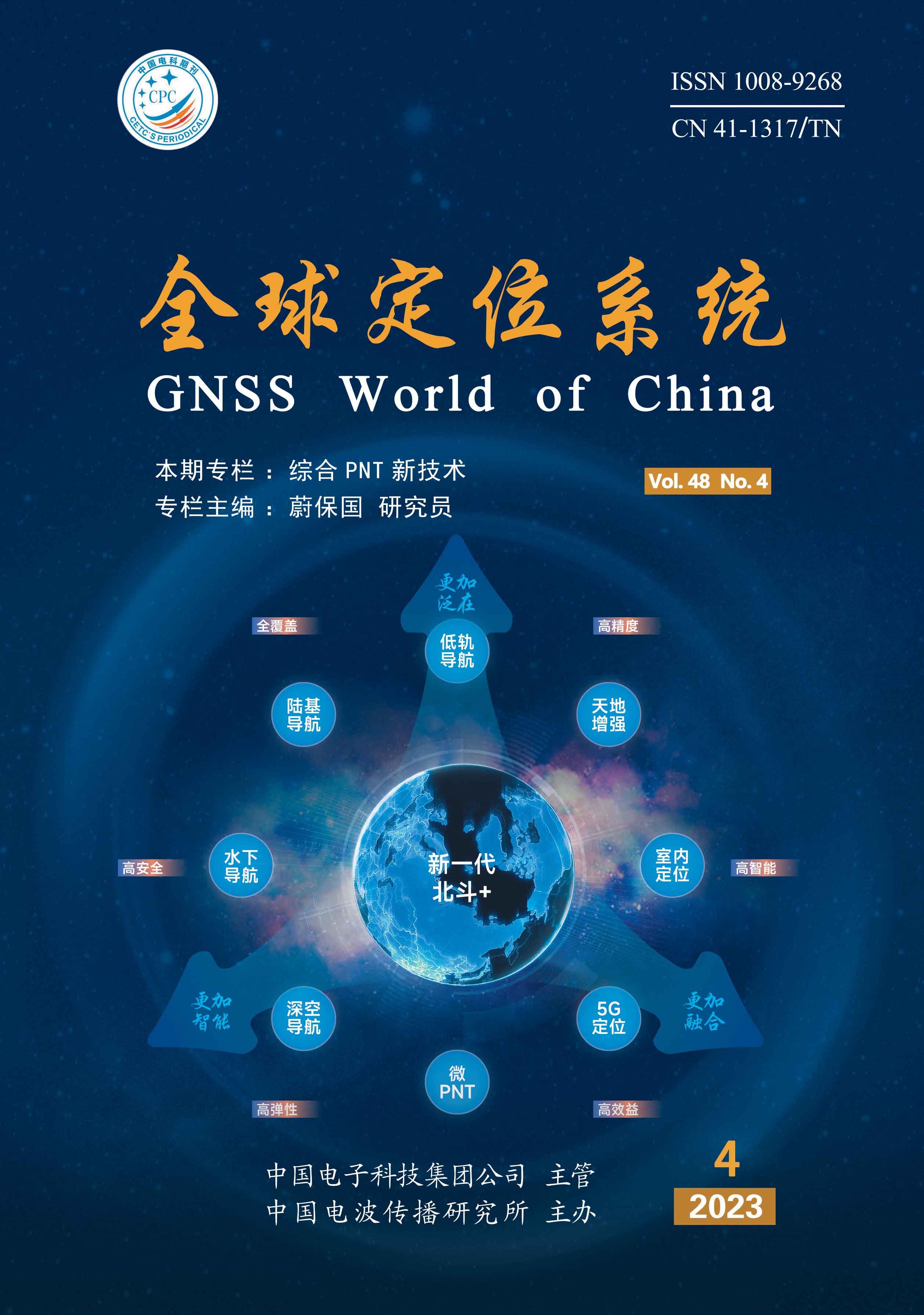2023, 48(4): 99-107.
doi: 10.12265/j.gnss.2023044
Abstract:
This paper focused on the stability of uncalibrated phase delays (UPD) of GPS, Galileo, BDS-3, and the low earth orbit (LEO) augmented undifferenced precise point positioning (PPP) ambiguity resolution. Based on the observation data of 126 global distributed MGEX stations of 7 days from 001 to 007 in 2022 were employed for UPDs estimation of GPS, Galileo, BDS-3. Wide-lane UPDs were estimated as a set of constants every day and narrow-lane UPDs were estimated as a set of constants every 15 minutes. The results showed that the wide-lane UPSs had good stability within one week, and the average standard deviation was less than 0.05 cycles. The narrow-lane UPDs had good stability within 1 day, and the average standard deviation was less than 0.06 cycles. Using the estimated UPDs products for PPP AR and analyzing their performance, the average convergence time of GPS, Galileo and BDS-3 was shortened from 20.75 min, 23.78 min, 30.60 min to 10.69 min, 18.27 min, 24.80 min, respectively, and the average ambiguity fix rates were 90.41%, 77.22% and 67.21%, respectively. The average value of root-mean square error (RMSE) in the east, north and up components decreased from (1.59 cm, 0.91 cm, 3.30 cm), (1.58 cm, 0.93 cm, 3.24 cm), (1.61 cm, 0.98 cm, 3.39 cm) to (0.90 cm, 0.89 cm, 2.98 cm), (1.33 cm, 0.85 cm, 2.90 cm) and (1.47 cm, 1.18 cm, 2.94 cm), respectively. Using the simulated LEO constellation observation data, the enhancement effect of different number of LEO satellites was studied, and the enhancement effect became more significant when the number of LEO visible satellites is more. When the number of LEO visible satellites was 10, the average convergence time of GPS, Galileo and BDS-3 were improved from 10.69 min, 18.27 min, 24.80 min to 1.53 min, 1.71 min, 1.94 min, and average ambiguity fixing rates were improved from 90.41%, 77.22%, 67.51% to 93.43%, 79.99%, 72.00%, respectively.








